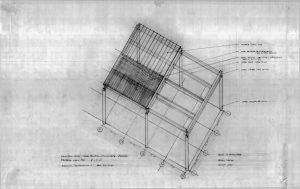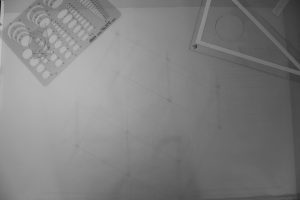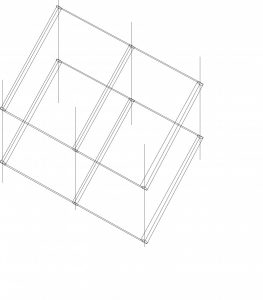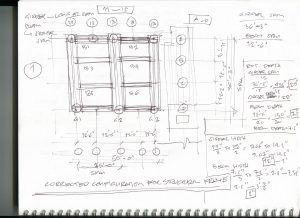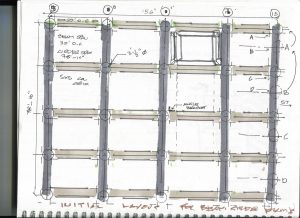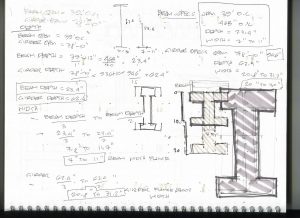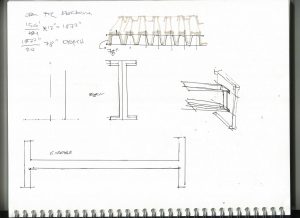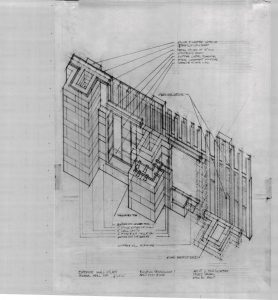How important is the relationship between materials, structure, and design to you?
How will you implement these relationships in the design studio?
For material to exist there has to be a user or a consumer, for a design to be viable, there must be a market or appreciative masses for design to thrive.
Among the three It might be useful to consider the masses, the profane man who thrives for perfection but is short when what is received was not anticipated. Primarily it helps to design for man who can be very fickle and violent if not given into wishes. Second the aspect of material is of importance since, if a man/woman wishes a palace to be built but the stones are sold across a mountain or far flung locations, the design suffers.
The ideal condition would be man material design to be within reach and cost effective, But it is never the case. Practicality would force one to consider, material and client to be more effective and that simply means as a designer or as a drafter one is at the mercy of either political (man) and or economic( materials) reasons.
This is where as a service industry which does not mean negative, for designers can sole problems abnormally if not in the most ingenious ways; this is where design becomes poignant meaningful. For when you begin to see that design is more the mediation/ mitigating factor between political woes and scheming bankers, then it makes design a better “concept”
To design then one has to consider the client/benefactor and the availability of material, to which when a design is drafted it has to be surveyed lightly if the materials are cost effective and found nearby. After thorough changes and considerations with any client , the material aspect has to be considered fully.
Occupants would then be considered as the primary objective of a design (without sacrificing vision), placing Material use, its economics as the secondary objective and lastly the mediation between the first two , any design involved.
